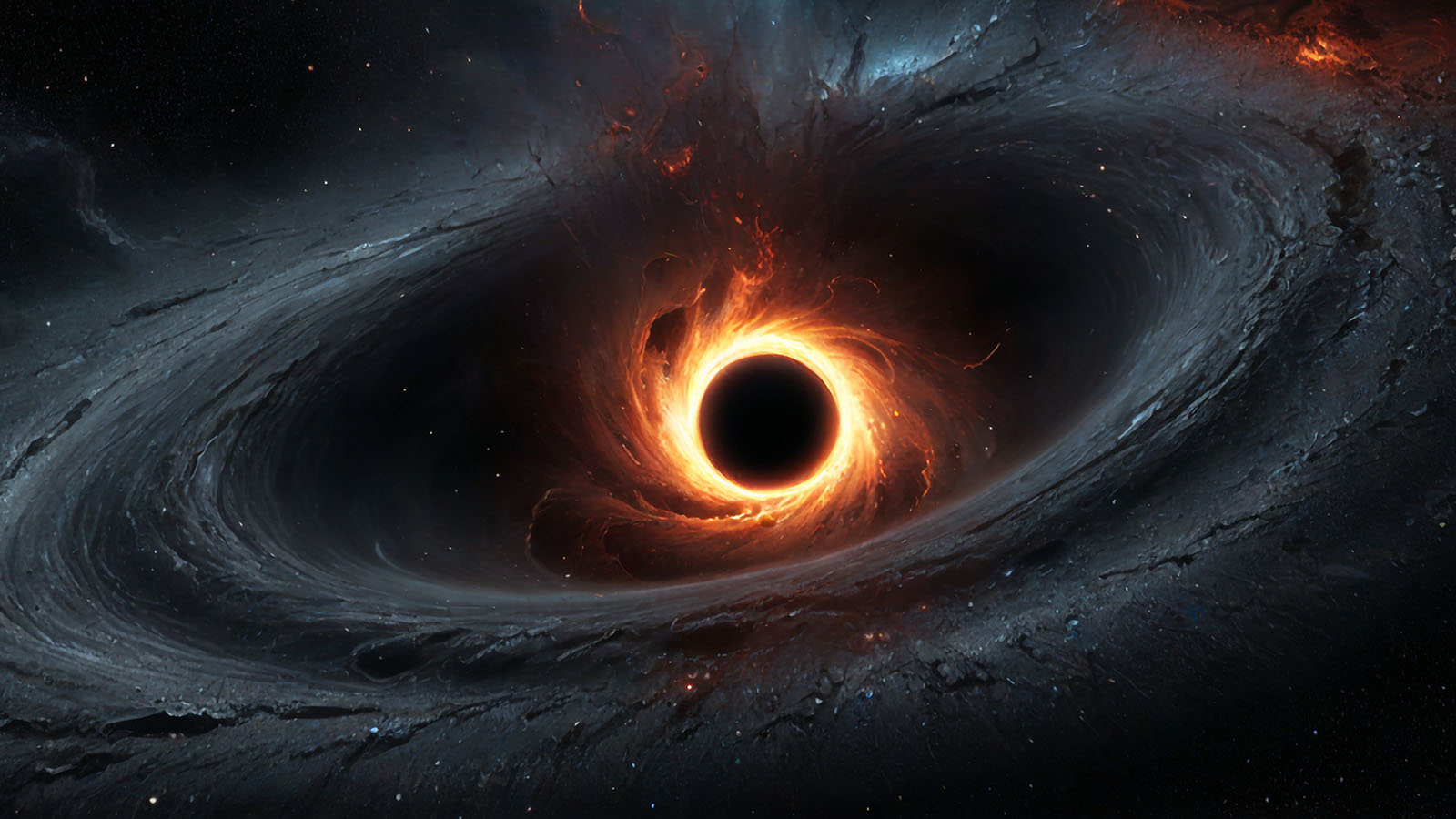

Gravitational lensing occurs when the gravity of a massive celestial object, such as a galaxy or galaxy cluster, bends the light from a more distant object, distorting or magnifying the observed image. Black holes, with their intense gravitational fields, significantly alter the direction and shape of light rays. This results in multiple images of an object near a black hole, each varying in brightness and shape. Working with students, Dr. Kling’s research uses advanced computer models to study how objects near rotating black holes appear differently by simulating light ray trajectories based on the geodesic equation of general relativity.
